Disaster Management Cooperation in Latin America
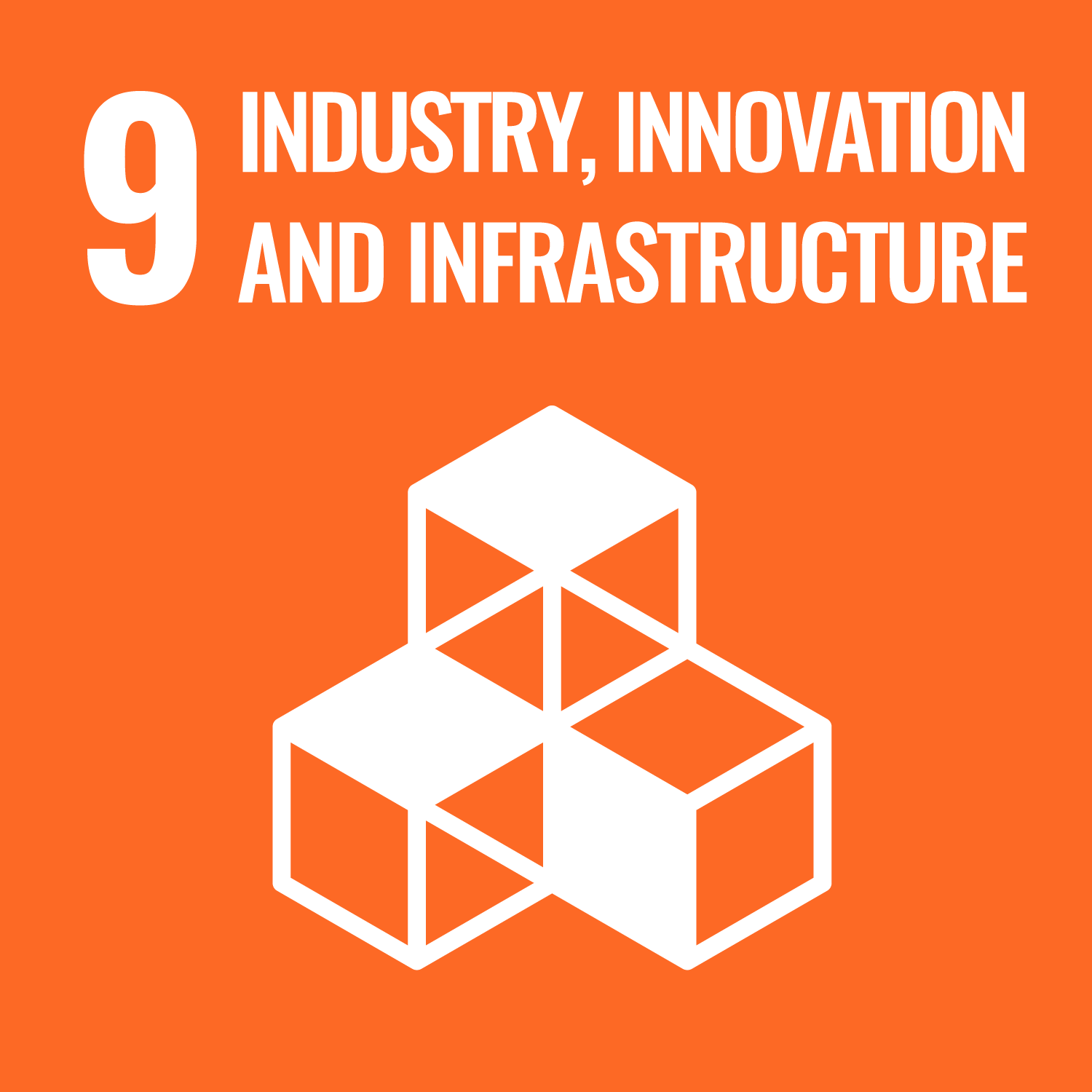
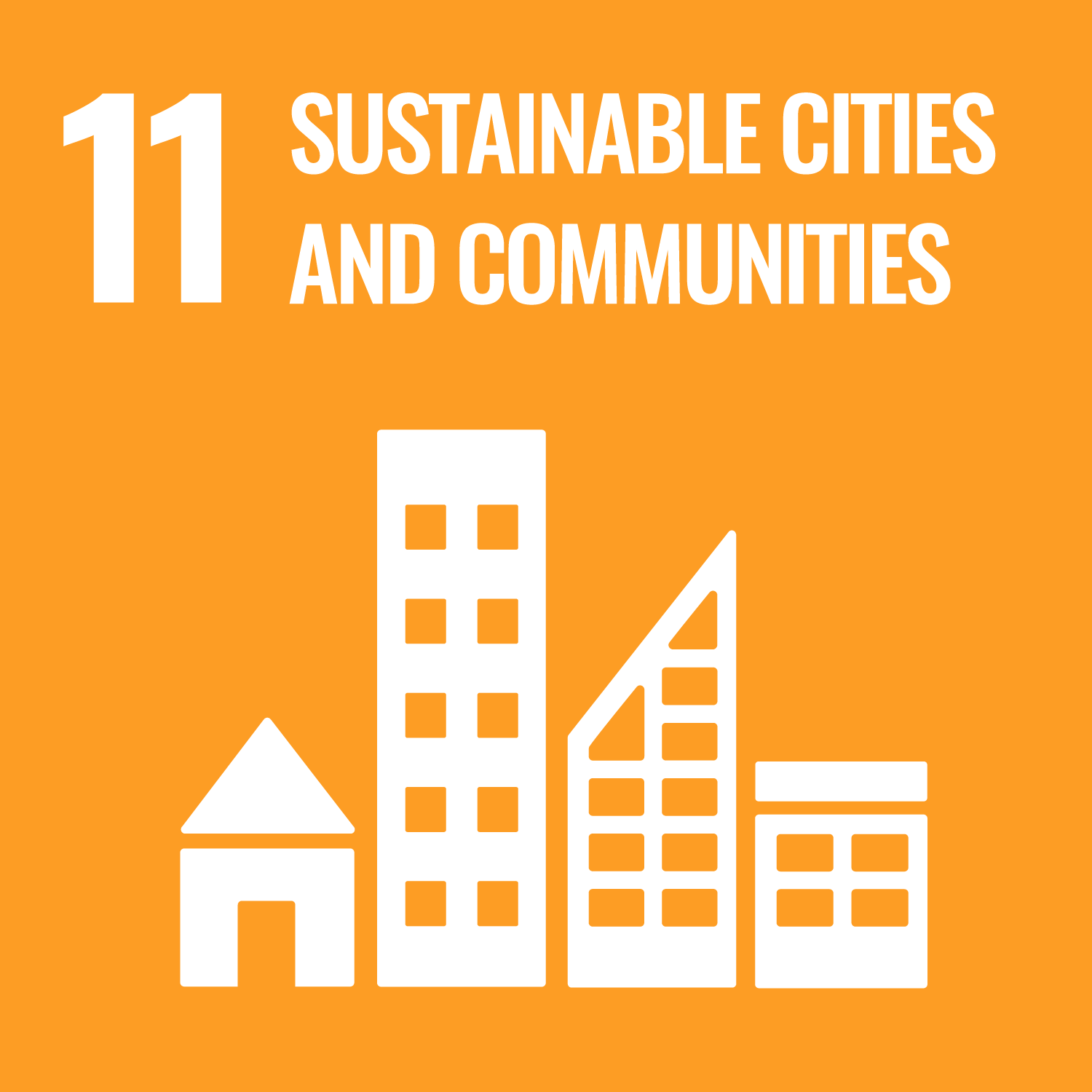
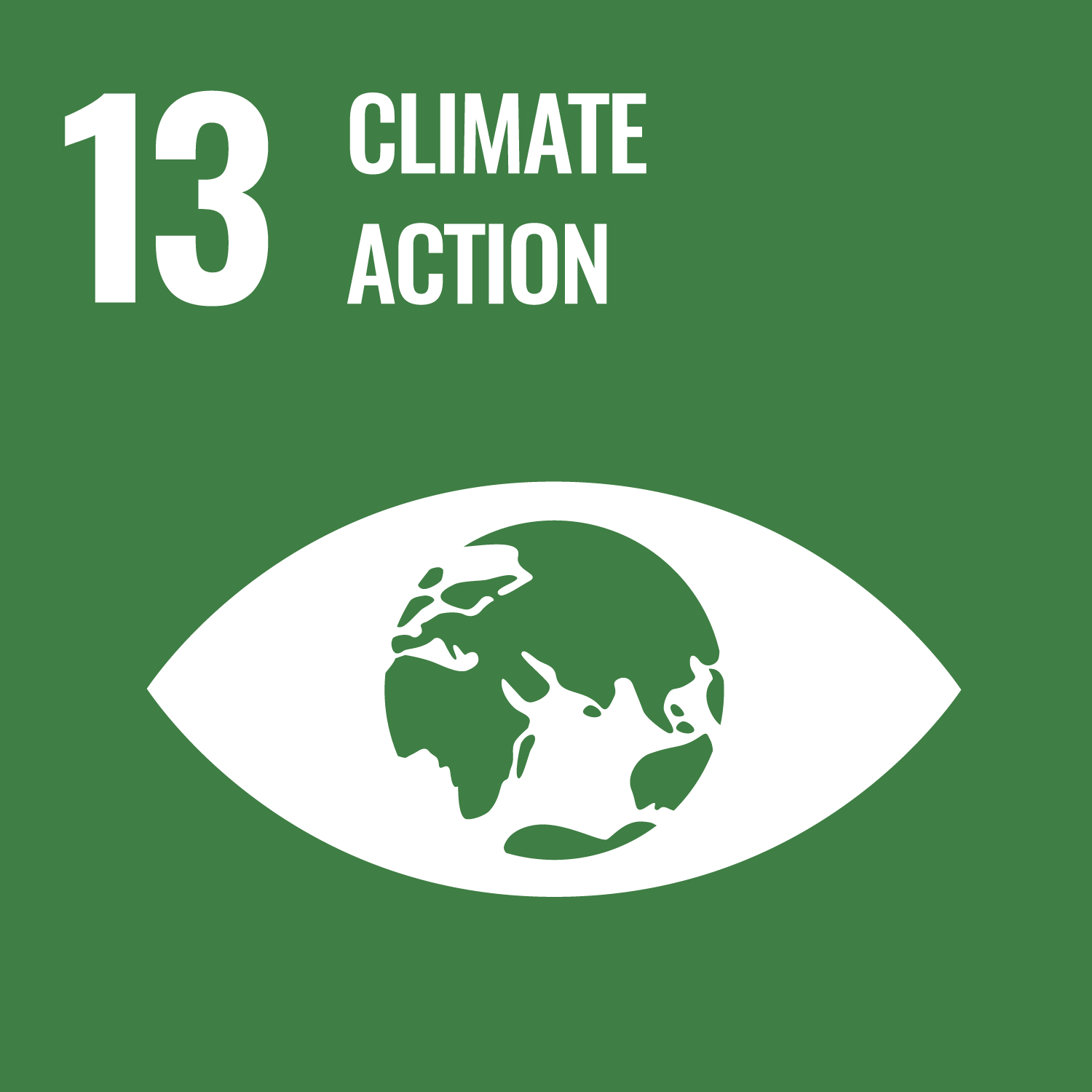
2025.03.25
-

- Shintaro Akiyama, Deputy General Manager, Disaster Prevention Group, Global Environment Department
Latin America and Japan have deep ties through cooperation in disaster risk reduction, and JICA promotes technical assistance and human resource development for disaster risk reduction, also works with regional agencies to achieve a disaster-resilient society together.
Japan and Latin America have a long history together. In the last few years, the Latin American region has celebrated many anniversaries: in 2023, 135 years of diplomatic relations with Mexico, 150 years with Peru, 125 years with Argentina, etc.; in 2024, 120 years with Panama, 95 years with Cuba, 90 years with the Dominican Republic, and this year, 2025, we will celebrate 90 years of diplomatic relations with five Central American countries. Peru was the first country in the Latin American region to establish diplomatic relations. Mexico also saw the first Japanese immigration in 1897 as the Enomoto Emigrants.
Cooperation in disaster risk reduction has been an important pillar of our friendship over the years. This region, like Japan, has frequently suffered from natural disasters such as earthquakes, hurricanes, and volcanic eruptions. For example, in May 1960, a 9.5 magnitude earthquake hit Chile, and the tsunami generated by the earthquake traveled beyond Hawaii and caused extensive damage in Japan. There have also been a variety of disasters of varying severity and severity, such as the Northern Peru Earthquake(1970), the Mexico City Earthquake (1985, M8.0), the Nevado del Ruiz Eruption in Colombia (1985), Hurricane Mitch in Central America (1998), and a large-scale landslide in Venezuela (1999). The damage was also significant.
In response to these disasters, Japan has worked to provide emergency aid, strengthen research systems such as earthquake resistance, develop human resources for disaster prevention, enhance observation capabilities, and promote disaster-resistant infrastructure.
Since the 1960 disaster, we have been working with Chile in a wide range of disaster prevention fields, including cooperation in earthquake-resistant technology, strengthening of observation systems, and the formulation of national land plans that incorporate the perspective of disaster risk.
We have also cooperated in the construction of facilities for now representative institutions in each country, such as the Peruvian-Japanese Center for Seismic Research and Disaster Mitigation (CISMID) in Peru and the National Center for Disaster Prevention (CENAPRED) in Mexico, through grant aid program and subsequent technical cooperation projects, including human resource development.
The field of disaster prevention has been at the center of our long friendship, and after the Great East Japan Earthquake in 2011, we received encouragement and support from many Latin American countries.
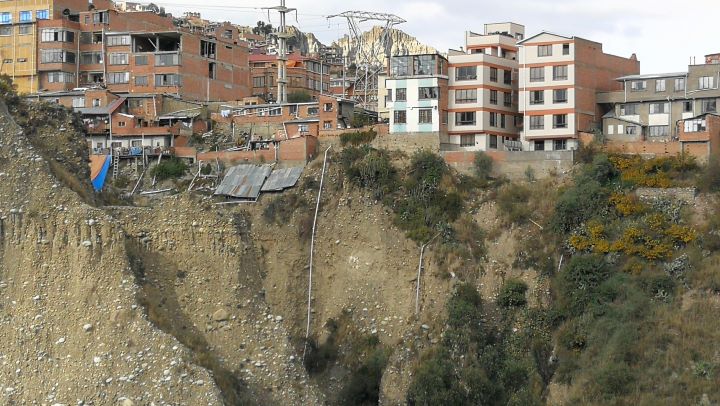
Disaster-risk housing in the neighborhoods of La Paz, Bolivia
In the late 1990s, Japan entered into partnership programs with economically developing countries to support donorization. Currently, Japan has partnership programs with 12 countries, four of which are Latin American countries. In cooperation with Chile (1999), Brazil (2000), Argentina (2001), and Mexico (2003), Japan has provided technical cooperation for the establishment and capacity building of international cooperation agencies established in each country, and has developed triangular cooperation with these countries.
In addition, approximately 80% (77 training programs) of the third-country training programs conducted in the Latin America region are conducted by these four partnership countries. Under this framework, the KIZUNA Project (Disaster Risk Reduction Training Program for Latin America and the Caribbean) began in Chile in 2015, providing training in strengthening disaster risk reduction, earthquake and tsunami countermeasures, forest fires, and disaster-resistant infrastructure development, as well as developing advanced human resources through degree courses.
In addition, as "Equal Partners" based on the revised Development Cooperation Charter, we will work with Mexico and Chile on comprehensive technical cooperation under the Partnership Program. In the field of disaster prevention, we will also work toward "circular cooperation" (mutual learning and co-creation among multiple actors) that goes beyond the triangular cooperation that has existed to date.
Cooperation with regional institutions is also important. In the Latin American region, there are regional institutions such as the Central American Integration Organization (SICA) and the Caribbean Community (CARICOM), and within these organizations there are institutions specializing in disaster management.
The Central American Coordinating Center for Disaster Reduction (CEPREDENAC) has strengthened disaster preparedness in each country through Japan's BOSAI Project. In the Caribbean region, we have also dispatched experts to the Caribbean Disaster Emergency Management Agency (CDEMA) to provide support by drawing on Japan's experience in disaster management. Furthermore, in Nicaragua, we supported the establishment of the "Central American Tsunami Warning Center (CATAC)" and contributed to the improvement of tsunami observation capabilities.
In addition to this bilateral cooperation, another characteristic of the Latin America and Caribbean region is the development of cooperation through regional institutions and regional centers.
The Latin America region has a population of 650 million and an economy 1.7 times the size of ASEAN. In recent years, many countries in the region (33 countries in total) have achieved economic development, with 88% of the countries in the Latin America region becoming middle-income countries or above, and some developing to the stage where they are graduating from aid. At the same time, urban growth and development have created new disaster risks.
In the Latin American region, with which we have a long friendship, we hope to further strengthen the human resource network of assets, counterparts, and ex- trainees that we have cultivated through our past cooperation , and to engage in disaster risk reduction in this region as our "Equal Partner".
In the future, we will further strengthen cooperation with universities, research institutes, and private sectors to promote more practical and sustainable approaches.
Disaster Risk Reduction is not about one-way support, but about mutual learning and growth. The bond between Japan and Latin America will continue.
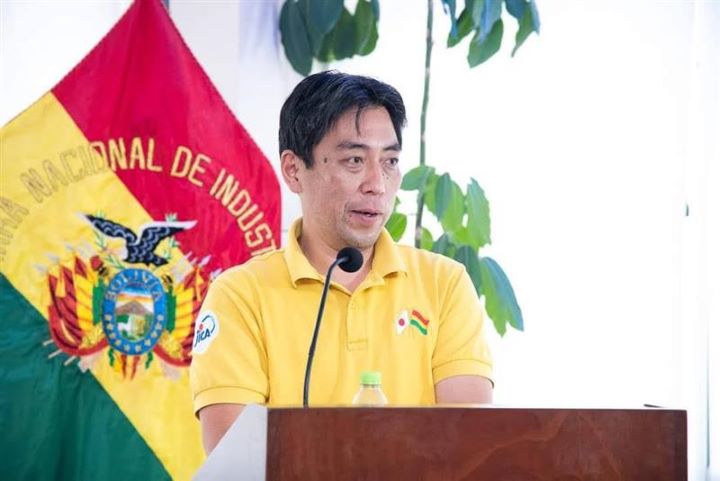
Disaster Management Seminar in Bolivia in 2021
Seminar on Disaster Prevention in Bolivia in 2022
scroll